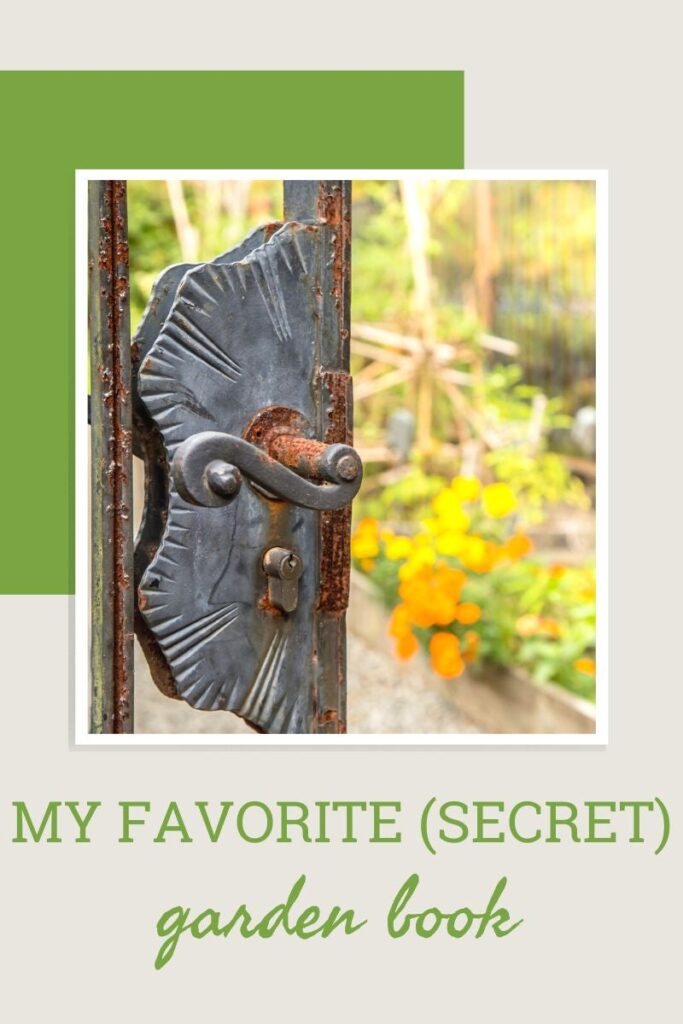[ad_1]
Anyone who reads my blogs realizes that I am happiest when rescuing. That means it will be no surprise that my very favorite “literary” garden happens to be the abandoned garden in Frances Hodgson Burnett’s children’s classic, The Secret Garden. Can there be anything more compelling than aiding a “dead” garden return to life?
The Secret Garden
As far as I am concerned, The Secret Garden is a book for the ages. Please don’t confuse Burnett’s wonderful book for kids with a later popular book entitled My Secret Garden, written decidedly for adults. The child’s book is the one I keep rereading.
If you don’t know it, pick it up and read it to any passing child, or even your inner child. It is definitely worth it. The book tells the story of a spoiled orphan, Mary Lennox, who comes to live at her uncle’s great house on the Yorkshire Moors. Her uncle is something of a recluse and rarely emerges from his study, but his mansion – with almost 100 rooms – keeps her busy.
Then What Happens?
Mary believes that the house is full of secrets. At night, she hears strange sounds, including the sobs of someone crying down one of the long corridors. She spends much of her time exploring the gardens surrounding the mansion. One day she discovers a secret garden, with walls around it. The gates are locked, and the key is missing.
With the help of unexpected companions, she finds a way in. The garden appears to be completely dead, but is it? Mary resolves to bring it back to life. Working toward this goal is challenging, but the rewards are far beyond her wildest dreams.
I love this abandoned garden, closed up with lock and key years before. I love that Mary cannot help herself but needs to try to help the garden grow again. I love the descriptions of the work she does, the tiny new plants, the unexpected help that – in real life – always seems to appear when one starts a rescue.
Echoes of My Life
In addition to the theme of rescue that runs through though this book, it has extraordinary relevance to the little life I have created on my mountain in France. When I bought the property, the house was in ruins, the roof falling in, and nobody wanted to help it. I ended up rebuilding it into the most wonderful little home in the world and living there for 20 years as my daughter wended her way through the French school system.
But more than that, there was the land. I learned that, at one point, the entire mountain was filled with beech trees, a grand forest of them covering LaRhune. But the Basques raised sheep, and they needed pastureland. They cut down all the beech trees centuries before I arrived and kept them from returning by burning the mountain every year in a process they called “ecobuage.” I only had a few ancient chenes on all my land.
So I planted native trees. I gathered acorns from the oak trees and nuts from the chestnuts and my child and I scattered them about the land. We found beech nuts too, from local trees, and planted them about the land. Plane trees, I had heard, would sprout if a branch cutting was stuck into the soil, and they did.
Today, my little home is surrounded by a forest. As the intense heat that is happening today warms up the summers to unheard of temperatures, my little home is shaded by trees that have grown to three times the height of the house. Birds now live on the land, and red squirrels, native to the area. I installed a few ponds too, for snakes and meadow mice and deer to drink from. And when I wake up at dawn, birdsong fills the air.
Somehow, I was born to love this type of renewal. It speaks deeply to me of the power of nature, the power to heal from the deepest wounds. And if I ever forget, I only have to reread The Secret Garden and it all comes flooding back.
[ad_2]

